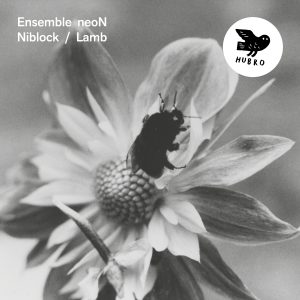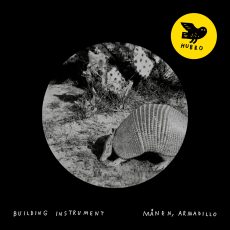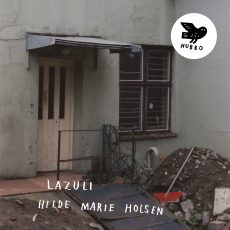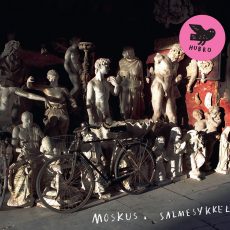By choosing to combine for this recording two complementary but distinctly different drone-based, immersive pieces by the legendary veteran composer and artist/film-maker Phill Niblock (born 1933, USA), and the younger, Berlin-based composer/violist Catherine Lamb (born 1982, USA), Norway’s Ensemble neoN creates a perfect sense of aesthetic balance. Loud is followed by quiet; what seems like random patterning gives way to orderly design; and the opening instrumental ensemble-setting is transformed by the subsequent addition of guest voices. Listening to both pieces one after another is like experiencing thesis and anti-thesis through the medium of Side A and Side B.
Different perspectives
But the more one listens, the more nuanced the effect of each piece becomes. Soon, the Niblock is neither as ferociously forbidding, nor the Lamb so placidly restrained, as they first appeared. As one’s imagination starts to take flight, and the hallucinatory power of the infinitely suggestible sounds go to work on the brain and senses, each new hearing reveals quite different and even opposing textual details. What can sound, in one Niblock ‘exposure’, like ritualistic bells and Tibetan horns, becomes in another the indistinct echo of a free jazz sax and trumpet section. Electronic hum transforms into tamboura drone; noise becomes music, and vice versa. Like viewing a colour-field painting or meditating on a mandala, everything changes yet somehow remains the same, such is the transformative, push and pull power of the overarching drone. An additional clue to ‘To Two Tea Roses’ comes from its title, and the dedication to Niblock’s friend, Walter Branchi, the Italian composer and grower of tea roses. Just as intricately subtle gradations of colour demarcate varieties of tea rose (an illustrative selection of late-nineteenth century descriptions is quoted by Niblock in the notes) so the composition seems to progress through a fluctuating flicker of tonal colours, even if the colour – like most of the music – is all in our minds.
Niblock and Lamb
Phill Niblock’s customary methods of composition derive from his celebrated epiphany when, as a young motorcyclist overtaking a truck on a steep mountain rode, he experienced the near synchronicity of the two vehicles’ engine-noise (“The strong physical presence of the beats resulting from the two engines running at slightly different frequencies put me in such a trance that I nearly rode off the side of the mountain.”), while Catherine Lamb works with the vibrations of microtonal pitches to produce what she calls “interacting spectra”. Using a variant of just intonation, the ancient tuning system revived and explored by mid-century US composers Harry Partch and Ben Johnston, among others, and influenced by non-western and particularly Hindustani sources, Lamb’s works typically explore the interaction of sounds in specific physical spaces or rooms. In ‘Parallaxis Forms’, the phonetic timbres of the two vocalists are expanded and developed by the instruments within the ensemble to create a kind of tonal colour-wash or blur, that is both analogous to, yet strikingly different from, the effect in ’To Two Tea Roses’.
Working like crazy
For Ensemble neoN, the challenge of performing such physically exacting music is partly to make it seem so effortless. "The "charm" or rather the power of Phill’s music lies in the physical effort required to produce the drone-y sound that he is after”, says the Ensemble’s Heloisa Amaral, who plays piano on the Niblock recording, and also took part in a recent performance of ‘Parallaxis Forms’ at Phil Niblock’s Intermedia loft space in New York. "In the case of ‘To Two Tea Roses’, we are basically doing the same movement for twenty-three minutes, practically non stop. You feel it the day after…The only way to overcome or to forget the physical discomfort is to dive as deep as one can into the sound, and just stay there until the end. Put like that, it may sound masochistic but what it does in reality is make you profoundly aware of the connection between movement and sound.” Of the Catherine Lamb, Amaral says, “What is interesting is the immense listening effort required from the musicians, on the one hand because of the unusual intonation, and on the other because our voices dovetail with each other without being precisely notated rhythmically. Playing this piece is a bit like playing Morton Feldman: the listener may experience it as a long, calm and effortless meditation while in reality we musicians are working like crazy."



















